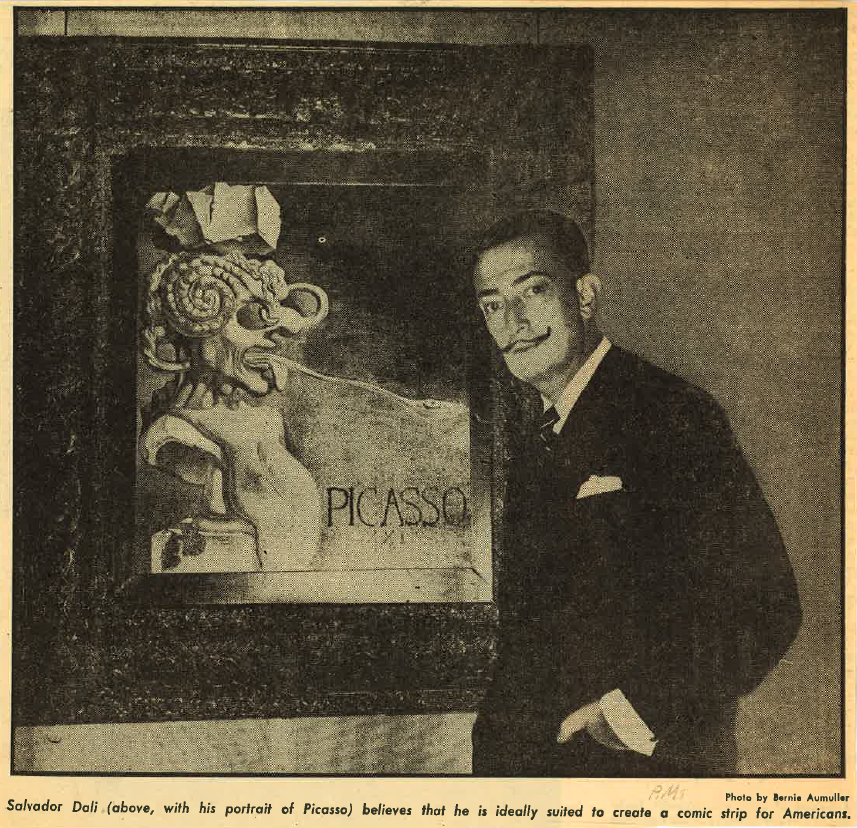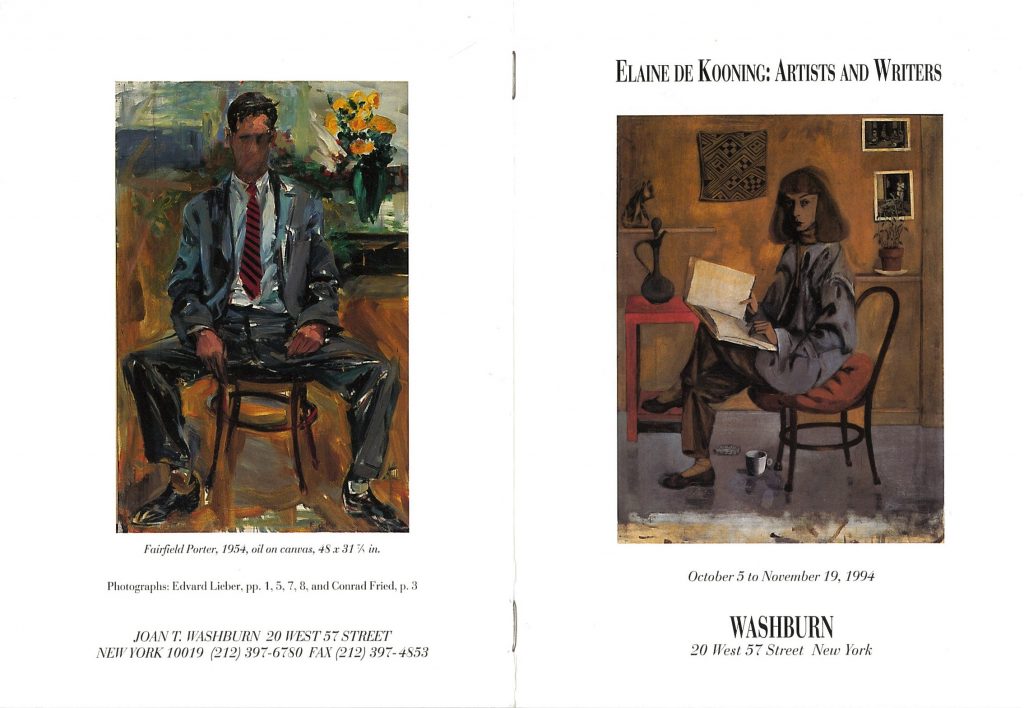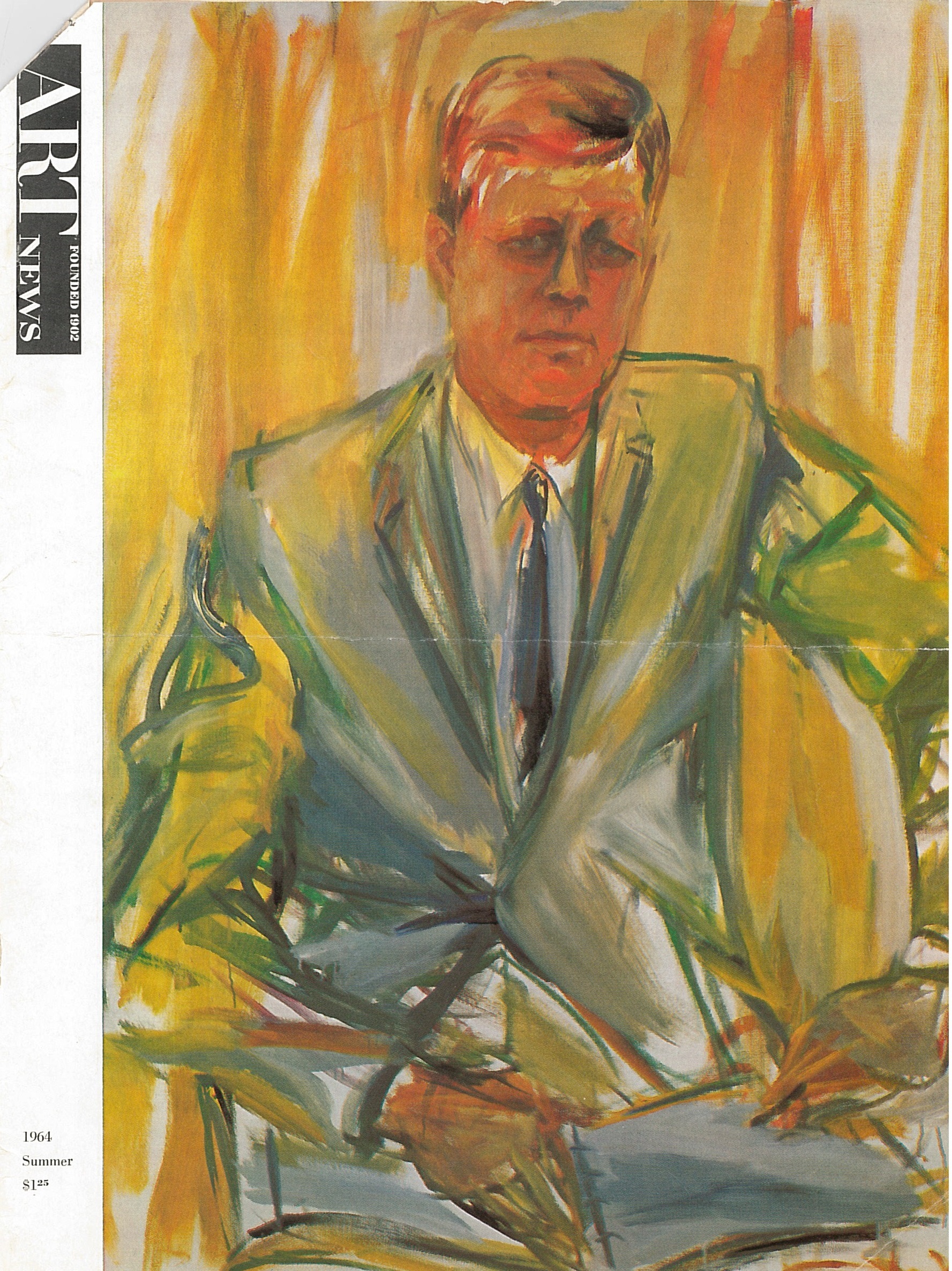If life were like a work of art, what would it look like? How would you take the most ordinary daily routine, such as breakfast, and transform it into an artistic masterpiece? While looking through the Art and Artist Files at the Hirshhorn Museum and American Art/Portrait Gallery libraries, I was given a better idea of what it would be like to have breakfast in the boldly graphic world of Roy Lichtenstein, one of the most important figures in Pop Art.
Category: Art and Design
To commemorate the opening of our newest exhibit, Artists’ Books and Africa, six artists will discuss how they develop and produce artist books. Panelists will address the inspiration for and recurring themes within their creations. The history of artist books in Africa will also be discussed. Curator Janet Stanley will lead a tour of the exhibit immediately following the discussion.

The world of modern art is at times criticized for a certain reputation of exclusivity and mystery in which the more inaccessible a certain artist or artwork may be, the more valuable and reputable the art becomes. Salvador Dali, the most famed member of the twentieth century avant-garde movement, Surrealism, on the other hand, challenges this perception that artistic creation is a closed-off affair for an elite few. Sure, Dali was no humble man of the people, and in fact is famous for his eccentric, narcissistic personality as he continually declared himself the most talented and significant artist of his generation (let’s not forget his autobiography graciously titled Diary of a Genius). However, Dali walks the line between artist and popular culture sensation as he created artwork that was meant to be seen and consumed by everyone. Many examples of Dali’s remarkable work may be found in the Art and Artists Files of the Hirshhorn Museum and Sculpture Garden Library and the American Art & Portrait Gallery Library at the Smithsonian, as well as the nearby National Gallery of Art Library.

The National Portrait Gallery is currently exhibiting the work of Elaine de Kooning in the show Elaine de Kooning: Portraits, organized by Brandon Brame Fortune, the Portrait Gallery’s chief curator and senior curator of painting and sculpture. Elaine was an active member of the Abstract Expressionists in New York, a group known for a style defined by vivid colors, spontaneity and emotive strokes of thick, layered paint on monumental canvases. She married fellow Abstract Expressionist Willem de Kooning in 1943. However, Elaine’s work was not solely abstract, in fact, the majority of her work is representational in nature—a style that could be categorized as Figurative Expressionism.
This post was written by Adrian Vaagenes, intern in the National Museum of American History Library.
One of the things that’s wonderful about a library is the chance it provides to get lost down a rabbit hole, to discover something or someone you never heard about before, and bring it back up to light. One such rabbit hole I discovered last week started while shelving books at the National Museum of American History Library. I ran across a title that caught my eye, Sinbad of the Coast Guard . Written in 1945, the book chronicles the real life adventures of a dog who became the mascot for the USS Campbell during World War II. Coincidentally, tomorrow August 4th, marks the 225th anniversary of the creation of the “Revenue Marine”, a maritime service to enforce customs laws which would later become the Coast Guard.
Almost a year ago, the Libraries celebrated “Museum Cat Day”, a social media celebration of cat-related objects in museums which was organized by Culture Themes. To see the Libraries’ contributions to Museum Cat Day, check out our Storify account of the action. On the anniversary of such a fun social media event, we take a look at more cats in art! This post was contributed by Ria Witteman, intern at the American Art Museum/National Portrait Gallery (AA/PG) Library summer 2015. Ria is a rising third year at the University of Virginia, majoring in Art History and Spanish.

The inescapable question for any college senior is always some variation of “So, graduation is coming up soon, what you plan on doing with your future?” It seems that all other conversation topics must make way to this frightening yet incredibly relevant question.


